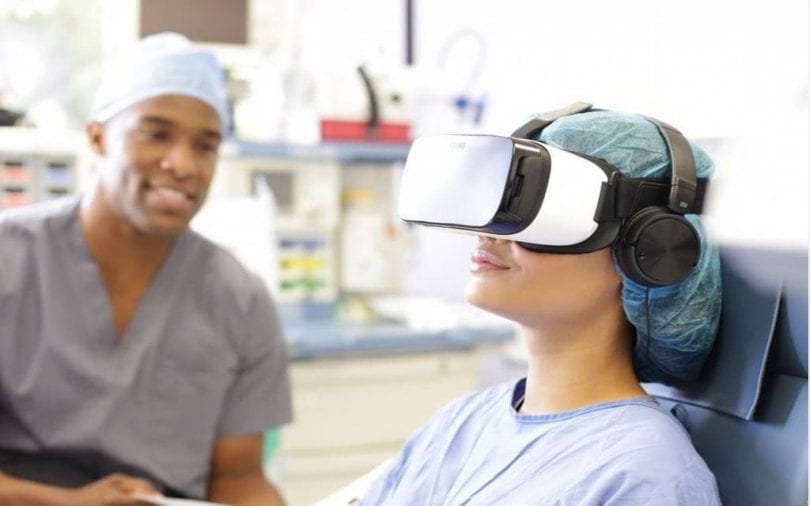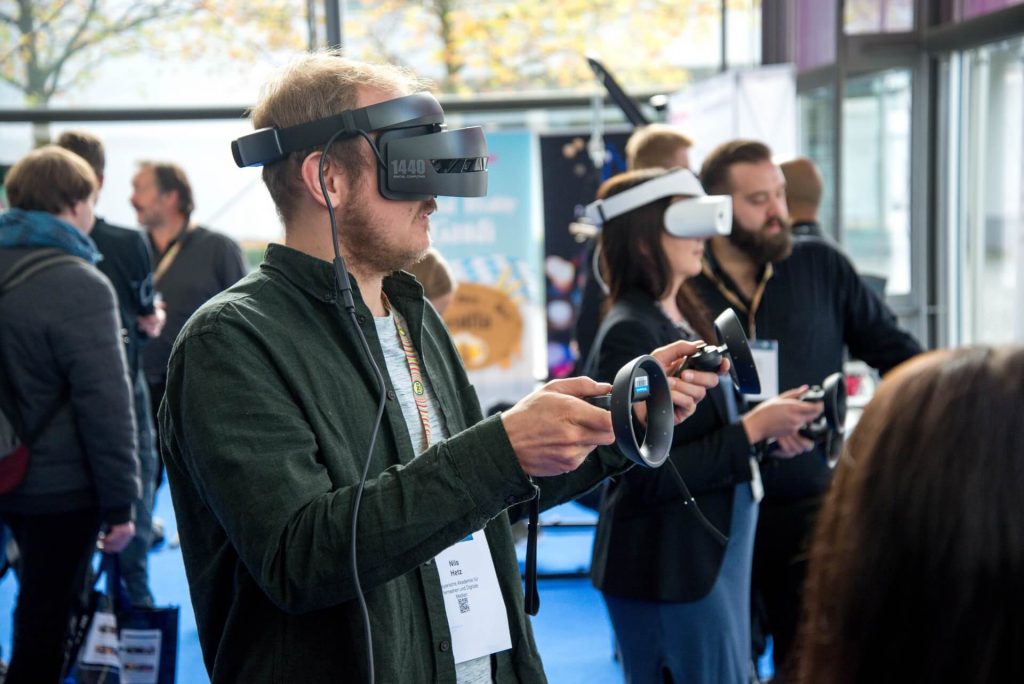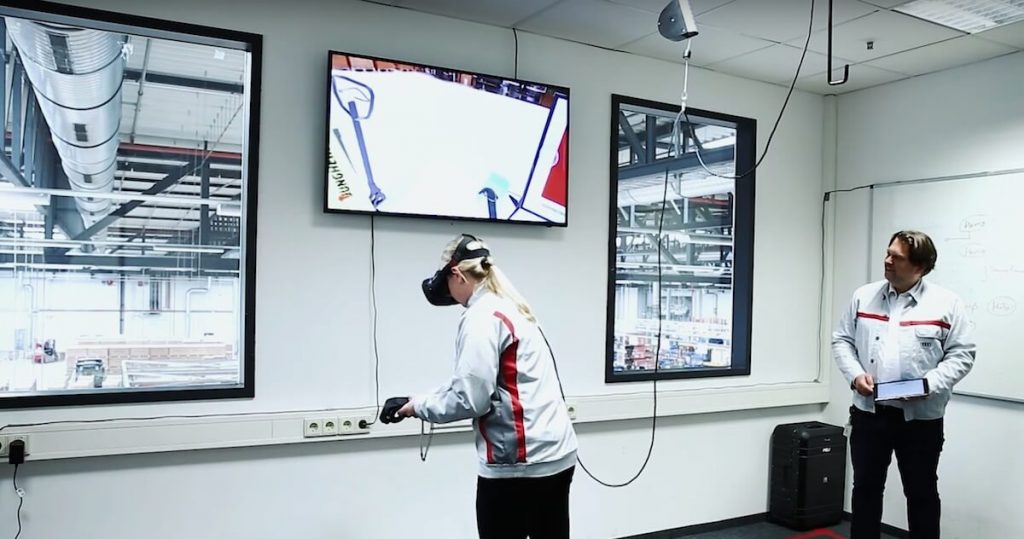Emerging changes in health-care delivery are having a significant impact on the structure of health-care professionals’ education. Today it is recognized that medical knowledge doubles every 6-8 years, with new medical procedures emerging every day. While the half-life of medical information is so short, the average physician practices 30 years and the average nurse 40 years. Continuing education thus represents an important challenge to face. Recent advances in educational technology are offering an increasing number of innovative learning tools. Among these, Virtual Reality represents a promising area with a high potential of enhancing the training of healthcare professionals.
How can VR help healthcare professionals?
Virtual Reality Training can provide a rich, interactive, engaging educational context. We like to say it supports experiential learning-by-doing. It can, in fact, contribute to raise interest and motivation in trainees and to effectively support skills acquisition and transfer, since the learning process can be settled within an experiential framework.
Learn by doing
VR provides experience with new technologies through actual use. Learning in virtual environments requires interaction, thus encouraging active participation rather than passivity. Students and trainees assimilate knowledge more effectively when they have the freedom to move and engage in self-directed activities within their learning context. Finding and structuring content autonomously, they invest mental effort for the construction of conceptual models that are both consistent with what they already understand and with the new content presented.
VR as a visualisation tool
Virtual environments can also be an alternate method for the presentation of material, new forms, and methods of visualization. Its use can be very important in domains where information visualization is needed, such as manipulating and rearranging information using graphic symbols. It is useful also when it is needed to make perceptible the imperceptible (e.g., as a means to teach abstract physics and biological concepts which are part of health-care professionals curricula).
Learning about things difficult to experience in real life
Virtual reality allows observation and examination of areas and events unavailable or impossible (e.g., “traveling” inside the human
body, moving among molecules) by other means. Furthermore, it allows extreme close-up examination of an object, as well as observation
from a great distance. Virtual environments can also be a good solution when teaching or training using the real thing is dangerous (e.g., there is a risk of injury to the patient), or for logistic reasons (e.g., the possibility of training without moving from the laboratory or the clinic). VR can furthermore provide effective training in situations requiring the use of equipment prohibitively expensive or impossible to obtain otherwise.

What is available to use today?
Current virtual training applications for health-care differ a lot as to both their technological or multimedia sophistication and to the types of skills trained. The examples vary from telesurgical applications to interactive simulations of the human body and brain, to virtual worlds for emergency training. Other interesting applications include the development of immersive 3D environments for training psychiatrists and psychologists in the treatment of mental disorders.
In recent years, a number of VR platforms – Viar360 being one of them – were designed and implemented to support immersive education and training. Identifying the situations where learning in VR can represent a real added value to traditional education and understanding how to use and adapt virtual reality to support the learning of different concepts and skills has represented a challenge involving educators and developers at the same time. The areas of most frequent use are medical and surgical training, emergency training, VR training for mental-disease professionals, and VR training for the clinician-patient relationship.
Why the use of VR training in healthcare is increasing?
Interacting with a VR model can be as motivating or more motivating than interacting with the real thing, for example, using a game format. It can be a good solution to make learning more interesting and fun, for example, when working with boring material. Shared VR can encourage collaboration and foster the learning of skills that can be better developed through shared experiences of a group in a common environment. VR itself also offers great potential as a tool for evaluation, since every session in the virtual environment can be easily monitored and recorded by trainers and teachers, thus facilitating assessment tasks. All of these are reasons why the use of virtual reality training is increasing and will continue to increase in healthcare. If you want to build your first VR training experience, you should check out Viar360 – the most intuitive immersive training authoring platform available to you.





